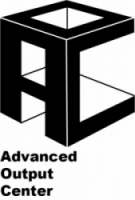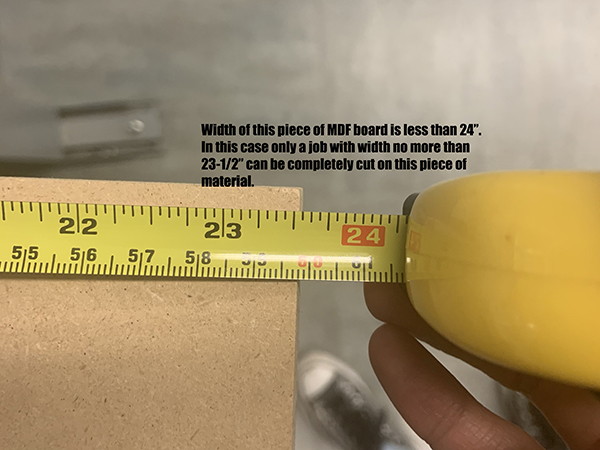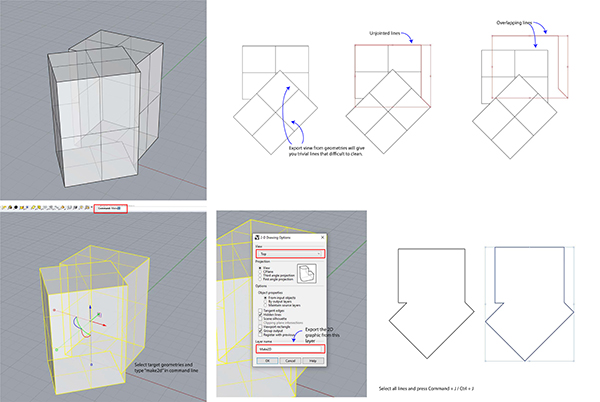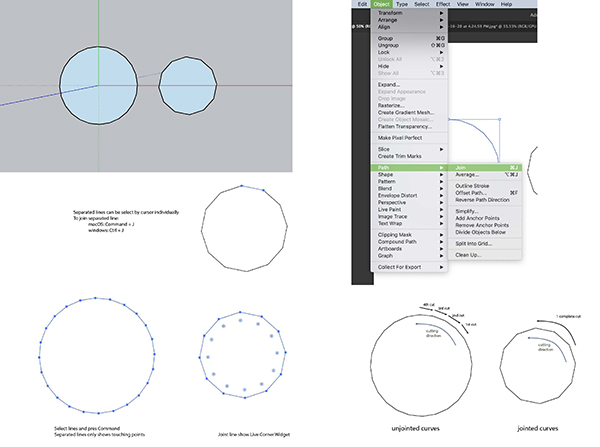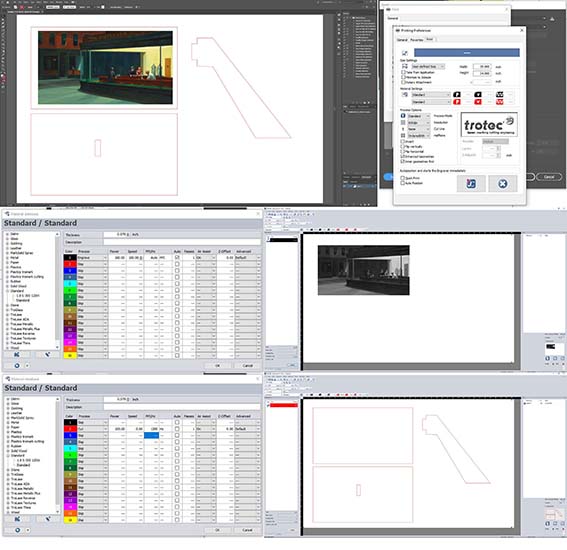Written by: Juelin Wang
The Trotec Speedy 400 laser cutter can help create accurate cuts for making physical objects from existing digital 3D models. Here are some tips on how to prepare for your cut to make the most out of using the laser cutter.
- Always measure your material before you prepare your file.
-
-
- Most laser approved materials are cut by hand and sold in SAIC Material Source
- The dimensions will be a little different than the marked dimensions in the catalog. Make sure you measure the material before you position cutting jobs in Illustrator. In this way, you can be sure your job will fully fit on your material, and you don’t have to spend your reservation fixing your file.
-
- Check for overlapping vector lines.
- Multiple cuts for the same position will increase the risk of burning, especially for thick or combustible materials like ½” woods, and will make your job take longer.
- When exporting vector files from Rhino: make sure you do “Make2D” instead of directly exporting from geometries. Exporting directly from geometries may give you reference lines that are difficult to clean up. It also plots overlapped lines that are difficult to find and will cause you future trouble during laser cutting. “Make2D” creates a hidden line drawing from geometries that gives you a clean plan or section of your geometries.
- When exporting vector files from AutoCAD: To clean an overlapped object from CAD, the “overkill” command will be the last step before exporting.
- If a file with curves was exported from SketchUp, you can do these to speed up your cutting job:
- Join connected curves: curves and circles drawn by SketchUp original tools are segments of an arc along the center. When exporting a vector file from SketchUp that has curves, it automatically exports curves as separated segments. The system recognizes lines as separated cuts and aims to program the cut from the beginning of a line to the end of it. Unjointed curves will slow down the cut because the machine will keep moving back to cut the curve segment by segment.
- To check if the segments are joined: select segments and press command / ctrl key. If the segments are joined, the Live Corner Widget will show up.
-
- Widget will show up.
- You can also draw smooth curves with extensions in SketchUp. Exported curves from these are also smooth.
- Join connected curves: curves and circles drawn by SketchUp original tools are segments of an arc along the center. When exporting a vector file from SketchUp that has curves, it automatically exports curves as separated segments. The system recognizes lines as separated cuts and aims to program the cut from the beginning of a line to the end of it. Unjointed curves will slow down the cut because the machine will keep moving back to cut the curve segment by segment.
- When you have a file that has raster engraving jobs and vector jobs:
- A raster job may take a long time. It also can have negative effects on vector cuts that are sent together as one single job. To avoid this happening, simply separate the file into two jobs. One for the raster engraving, and the other one for all vector lines. To do this, simply move all raster jobs into an individual layer, and hide all other layers to make and send raster job to JobControl. Then hide the raster layer and unhide everything else to send the vector job. Make sure to unclick “minimize to jobsize”. This will make sure both jobs will be processed in the same position on the bed.
- Make marks:
- If you want to mark a position for a future drill hole on your job, a vector engraved cross works better than a vector cut hole
- The laser cutter can only cut materials vertically, and it’s not able to provide screw threads. Because of this, making a cross mark for drilling holes works better than pre-cut vector holes.
